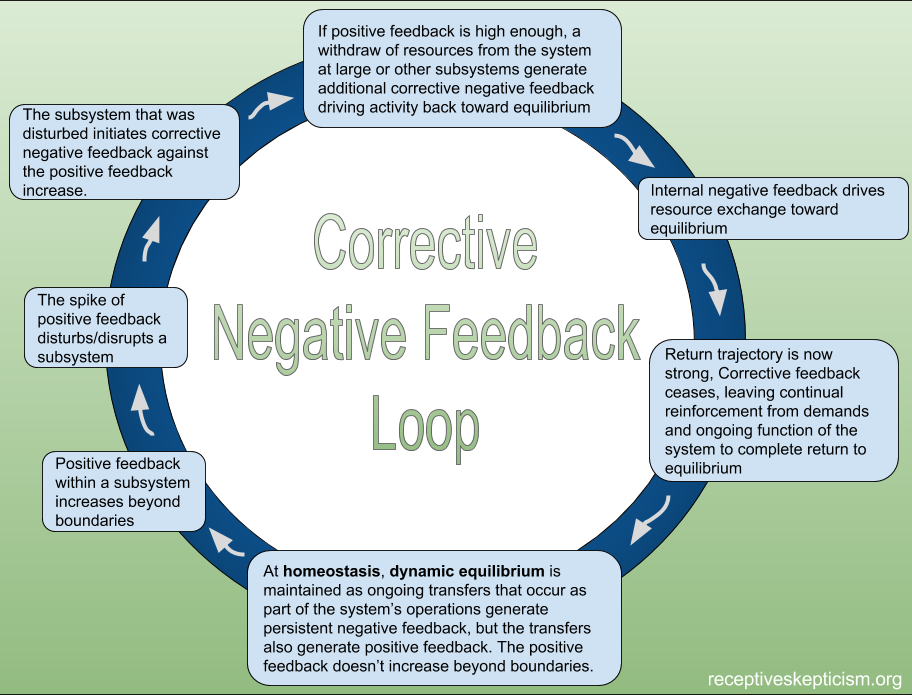

As your temperature then gets below the set point, you begin to shiver in an attempt to raise your body temperature back to its set point. As your temperature rises above your set point, your body attempts to counteract that change by causing you to sweat and cool you down. Take the example of regulating body temperature and break it down to see how negative feedback works. Certain mechanisms in the human body-such as those that regulate temperature of blood glucose levels-are great examples of negative feedback loops. Again, negative feedback doesn’t mean a negative outcome, as it can stabilize systems. Negative feedback, also known as negative loops, work to negate change and drive stability in systems. Looking for feedback offers the potential to understand and manage a richer set of outcomes from decisions. For example, the overuse of antibiotics has contributed to the development of stronger and stronger microbes which led to the use of more antibiotics to fight infection. Looking for feedback in a system helps give you a better understanding of how actions shape the environment and how the ever-changing environment then shapes activity. You may not be able to fix one problem without causing a positive or negative effect somewhere else in the system.

This perspective of feedback helps you think of solutions to problems. But looking for feedback might help you see that A causes B, and over time, B affects A. Take the simplest example of causality: A causes B. Feedback is what makes systems problems so interesting and challenging to solve-you always have to think of both the possible intended and unintended consequences of decisions. Feedback occurs when a condition in a system causes activity that then impacts that initial condition. Looking for feedback is an important concept when thinking about systems.


 0 kommentar(er)
0 kommentar(er)
